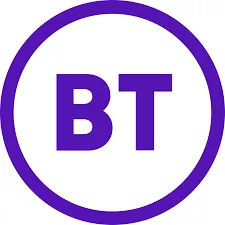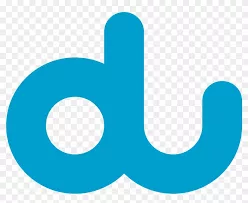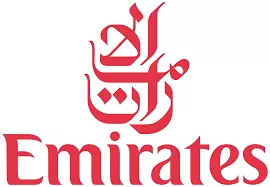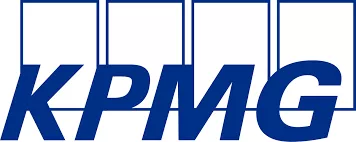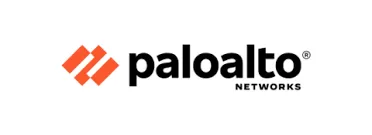Introduction
The process of using digitalized strategies to communicate online with the target potential consumers for the promotion of products or services is Digital Marketing. Basically, digital marketing works by using a mix of strategies. It uses digital channels for the business to run such as –
- Search engines
- Social media
- Websites
This helps to connect with current and prospective customers. The different areas of Digital Marketing are:
- Search engine optimization (SEO)
- Search engine marketing (SEM)
- Pay-per-click advertising (PPC)
- Content marketing
- Social Media Marketing (SMM)
- Affiliate marketing
- Email marketing
The basic goal of Digital Marketing is to create brand awareness to the public through the usage of the internet. Its other features are:
- Increases online presence of the company
- Perform market research
- Integrate online profiles and platforms
Digital Marketing is simplified by multiple channels, this marketing is dependent on technology that is ever-evolving and fast-changing. This can work for any type of business in any industry, regardless of the products and services of the organization. An important component of Digital Marketing is supported. integrated multichannel marketing.
These techniques of Digital Marketing are used to support the purposes of acquiring new customer databases and providing services to existing customers. It helps to develop the relationship with the customers. This definition highlights the focus on marketing products and services to the targeted customers to attract and generate profitable business for the long run.
Digital Marketing can be used to support the aims such as –
- Identifying customer’s needs and requirements through marketing research using the internet.
- Anticipating the type of customers who can access information and make purchases through online mode frequently.
- Achieving customer satisfaction to the benefit of the business.
Evolution of Digital Marketing in Business
Digital Marketing has come into existence for a long time, it has evolved with time to an enormous extent. The facts on Digital Marketing evolution from the beginning till today are as follows –
- In the year 1971, when Ray Tomlinson sent the first email to himself, nobody else was aware of what is email, at that time? Due to this, some people say this was the first Digital Marketing evolved. And few of them say that the first Digital Marketing was introduced by Guglielmo Marconi because he invented the radio.
- But the actual evolution of Digital Marketing is from the year 1990. That is the time when the search engine technique was born. It was known as Archie and it was an index for FTP sites.
- In the year 1993, the first clickable banner went life, a company called Hotwired purchased banner ads for advertising them on websites. From there, online advertising had started.
- In the year 1994, the first E-commerce transaction over Newmarket started and the launch of the Yahoo search engine also evolved.
- In the year 1996, the launch of smaller search engines such as Alexa, HotBot, and LookSmart also began.
- In the year 1997, the launch of the first social media site known as SixDegrees.com started.
- Birth of Google, Launch of MSN from Microsoft and Yahoo! launches Yahoo! Website in the year 1998.
- Internet bubble, SixDegrees.com, and smaller search engines all wiped out in the year 2000.
- First mobile marketing campaign started by Universal Music in the year 2001.
- LinkedIn was launched in the year 2002.
- In the year 2003, WordPress was released and MySpace was launched.
- In the year 2004, Google launches Gmail, Google goes public and Facebook goes live.
- YouTube was launched in the year 2005.
- In the year 2006, Microsoft launches MS Live Search, Twitter launched, Amazon e-commerce launched and Split testing was introduced in the marketing.
- In the year 2007, Tumblr launched, Web-Streaming service was founded, iPhone launched.
- In the year 2008, China overtakes the USA in the number of internet users, Spotify launched, Groupon goes live.
- In the year 2009, Google launches instant for Real-Time search engine results, Google’s Affiliate network shutdowns.
- In the year 2010, Google Buzz launches and WhatsApp launches.
- In the year 2011, Google Buzz shutdowns, Google+ and Google Panda are launched, Web-use overtakes figures for TV viewership among youth.
- In the year 2012, Social Media budgets 64% up, Google Knowledge Graph launched.
- In the year 2013, Yahoo acquires Tumblr.
- In the year 2014, Mobile exceeds PC internet usage, Facebook Messenger App introduced, Introduction of Ads on LinkedIn, iWatch, and Facebook’s Look Back launched, Facebook acquires WhatsApp.
- In the year 2015, Snapchat launches the ‘Discover’ feature, The rise of predictive analytics, wearable tech, and content marketing, Facebook launches ‘Instant Articles.’
The digital era came into existence with the coming of the internet and the development of the Web 1.0 platform. The Web 1.0 platform allowed users to find the information they would want to know, but it did not allow them to share this information over the web or the internet.
Conclusion
A digital marketing professional must find ways to keep up with the latest new changes taking place in marketing. They must keep an eye for growing new trends and the development of the latest and smarter Search Engine procedures.
Hope this article will make you aware of the evolution of Digital Marketing in a better way. To know furthermore, you can log on and register to our website URL: https://edudelphi.com/digital-marketing/






